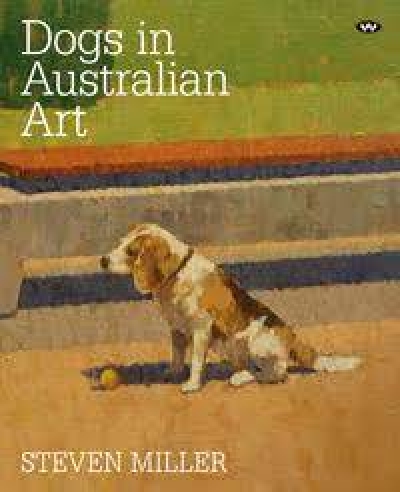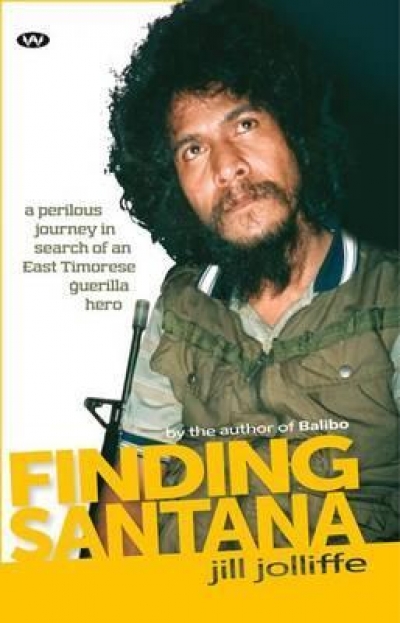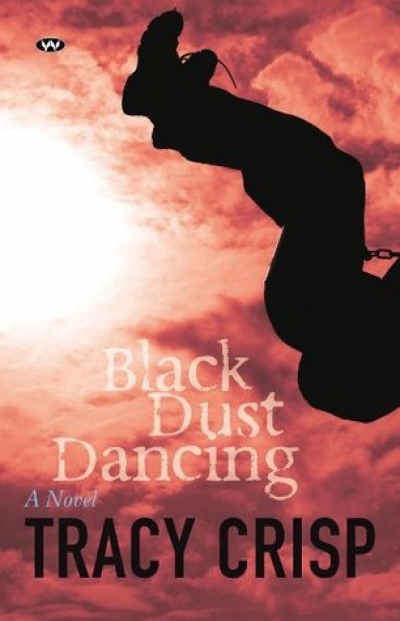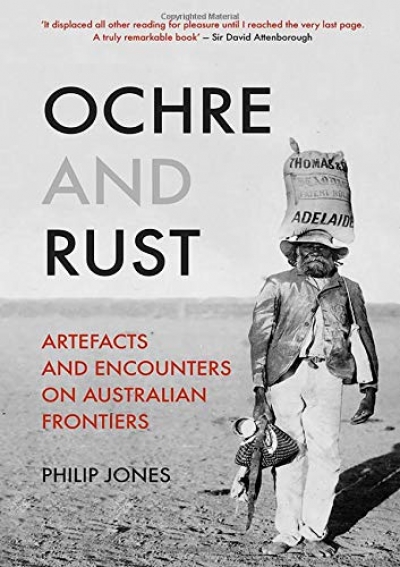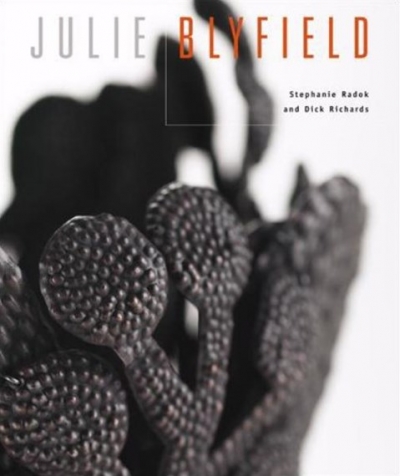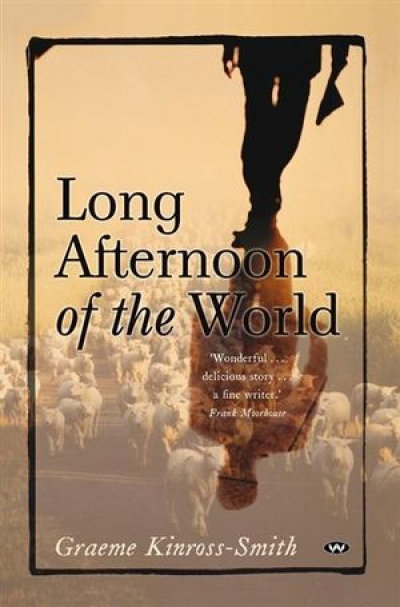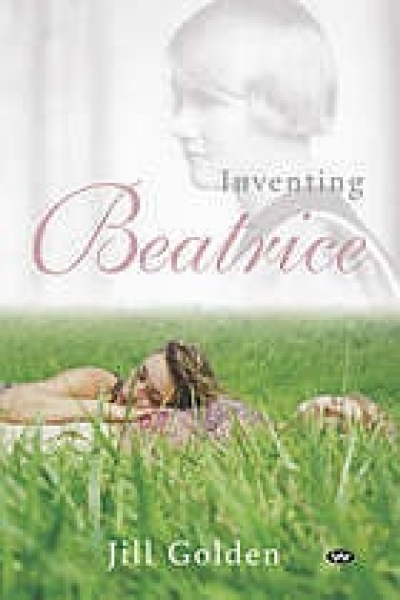Wakefield Press
Dogs in Australian Art: A New History in Antipodean Creativity by Steven Miller
by Stella Gray •
Images of the Interior: Seven Central Australian Photographers by Philip Jones
by Helen Ennis •
Australia Dances: Creating Australian dance 1945–1965 edited by Alan Brissenden and Keith Glennon
by David Tissiman •
Ochre And Rust: Artefacts and encounters on Australian frontiers by Philip Jones
by Mary Eagle •

